California introduces first-in-nation rules to reduce climate “super pollutants” from commercial refrigeration, air conditioning equipment
Green Car Congress
DECEMBER 14, 2020
HFCs are synthetic gases that are used in a variety of applications, but mainly to replace ozone-depleting substances in aerosols, foams, refrigeration and air-conditioning. The California Air Resources Board recently approved first-in-the-nation rules to curb the impact of hydrofluorocarbon (HFC) refrigerants.


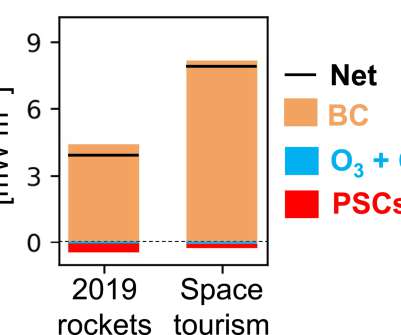
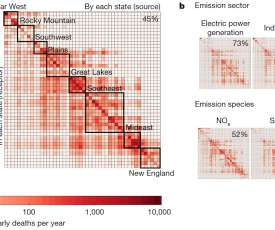


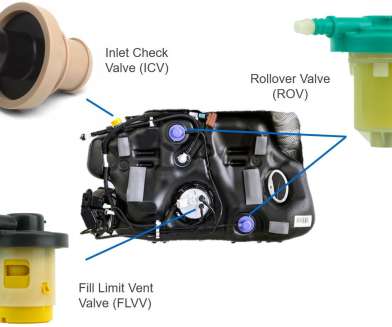



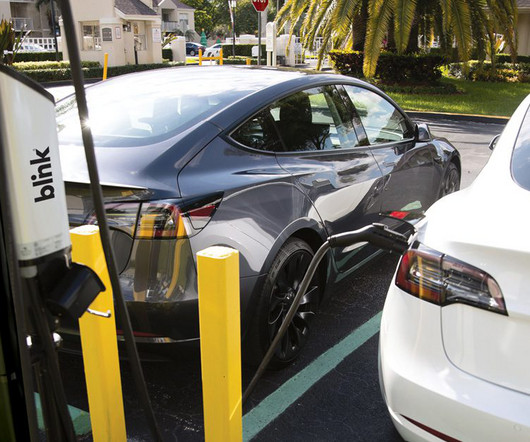


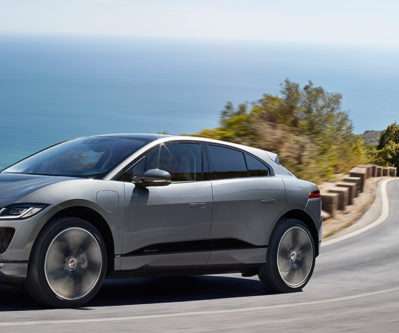










Let's personalize your content